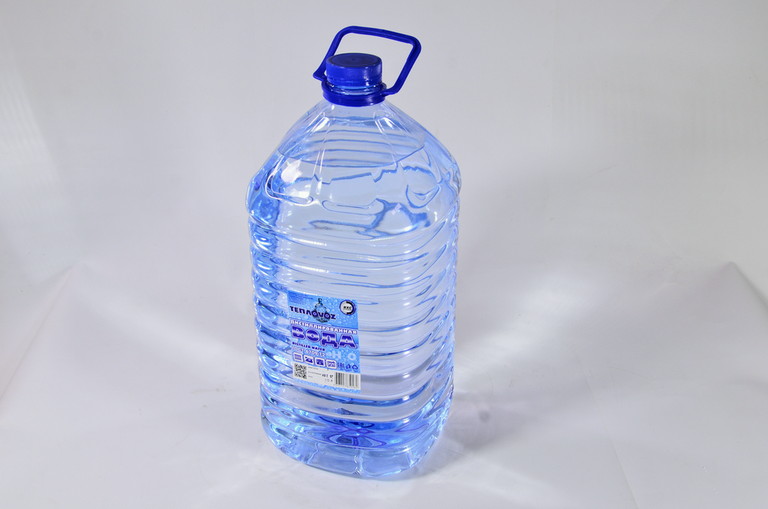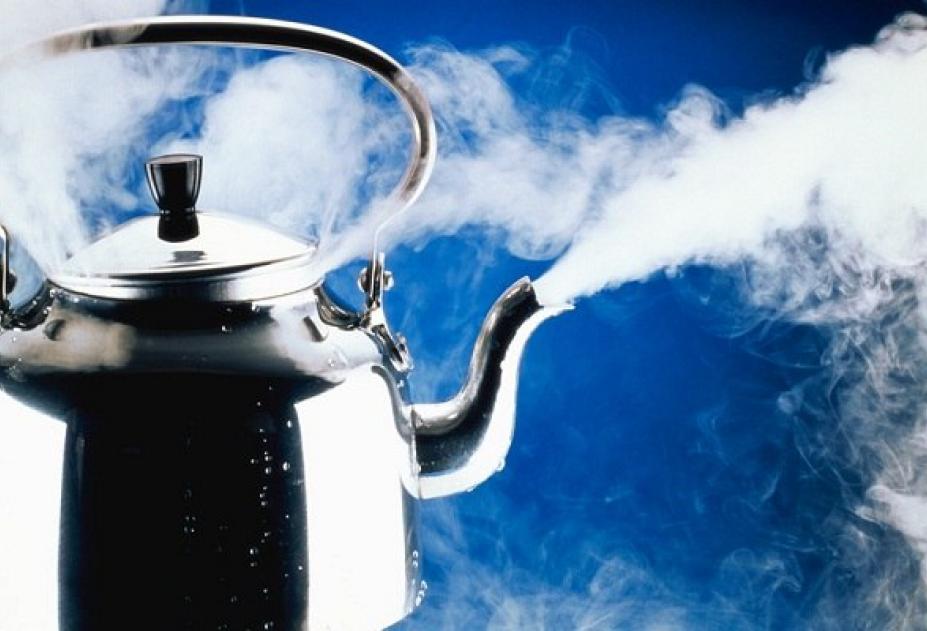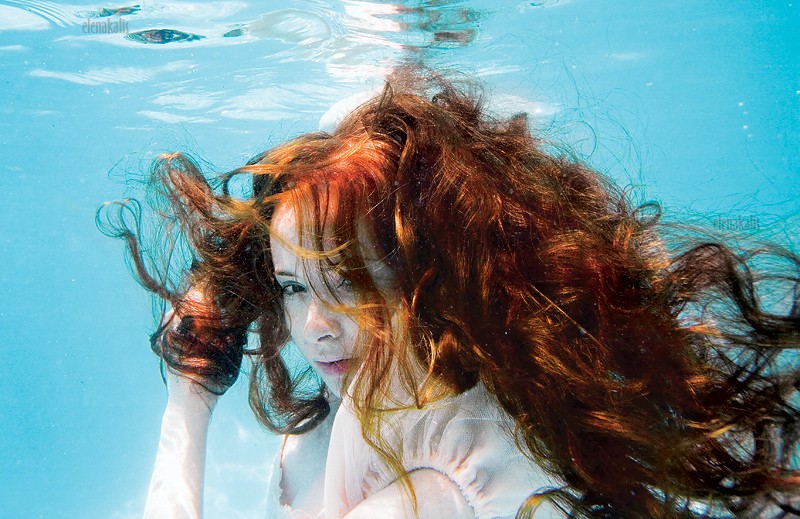Water in the seas and oceans is very different from river and lake water. It is salty - and this determines many of its properties. The freezing point of sea water also depends on this factor. It does not equal 0 °C, as is the case with fresh water. To be covered with ice, the sea needs a stronger frost.
It is impossible to say unequivocally at what temperature sea water freezes, since this indicator depends on the degree of its salinity. In different places of the world ocean it is different.
The most salty is the Red Sea. Here the concentration of salt in the water reaches 41‰ (ppm). The least amount of salt in the waters of the Baltic Gulf is 5‰. In the Black Sea, this figure is 18‰, and in the Mediterranean - 26‰. The salinity of the Sea of Azov is 12‰. And if we take the average, the salinity of the seas is 34.7‰.
The higher the salinity, the more the sea water must cool to become solid.
This is clearly seen from the table:
| Salinity, ‰ | Freezing point, °C | Salinity, ‰ | Freezing point, °C |
|---|---|---|---|
| 0 (fresh water) | 20 | -1,1 | |
| 2 | -0,1 | 22 | -1,2 |
| 4 | -0,2 | 24 | -1,3 |
| 6 | -0,3 | 26 | -1,4 |
| 8 | -0,4 | 28 | -1,5 |
| 10 | -0,5 | 30 | -1,6 |
| 12 | -0,6 | 32 | -1,7 |
| 14 | -0,8 | 35 | -1,9 |
| 16 | -0,9 | 37 | -2,0 |
| 18 | -1,0 | 39 | -2,1 |
Where the salinity is even higher, as, for example, in Lake Sivash (100 ‰), Kara-Bogaz-Gol Bay (250 ‰), in the Dead Sea (over 270 ‰), water can freeze only with a very large minus - in the first case - at -6.1 °C, in the second - below -10 °C.
For the average indicator for all seas, -1.9 ° C can be taken.
Freezing stages
It is very interesting to watch how sea water freezes. It is not immediately covered with a uniform ice crust, like fresh water. When part of it turns into ice (and it is fresh), the rest of the volume becomes even more salty, and an even stronger frost is required to freeze it.
Ice types
As the sea cools, different types of ice form:
- snowstorm;
- sludge;
- needles;
- salo;
- nilas.
If the sea has not yet frozen, but is very close to it, and at that time snow falls, it does not melt when it comes into contact with the surface, but is saturated with water and forms a viscous mushy mass called snow. Freezing, this porridge turns into sludge, which is very dangerous for ships caught in a storm. Because of it, the deck is instantly covered with an ice crust.
When the thermometer reaches the mark necessary for freezing, ice needles begin to form in the sea - crystals in the form of very thin hexagonal prisms. Collecting them with a net, washing off the salt and melting them, you will find that they are insipid.
First, the needles grow horizontally, then they take a vertical position, and only their bases are visible on the surface. They resemble spots of fat in a cold soup. Therefore, ice at this stage is called lard.
When it gets even colder, the fat begins to freeze and forms an ice crust, as transparent and fragile as glass. Such ice is called nilas, or bottle. It is salty, although it is formed from unleavened needles. The fact is that during freezing, the needles capture the smallest drops of the surrounding salt water.
Only in the seas is there such a phenomenon as floating ice. It arises because the water here cools faster off the coast. The ice formed there freezes to the coastal edge, which is why it was called fast ice. As frost intensifies during calm weather, it quickly captures new territories, sometimes reaching tens of kilometers in width. But as soon as a strong wind rises, the fast ice begins to break into pieces of various sizes. These ice floes, often huge (ice fields), are carried by the wind and current throughout the sea, causing problems for ships.
Melting temperature
Sea ice does not melt at the same temperature at which sea water freezes, as one might think. It is less salty (on average 4 times), so its transformation back into liquid begins earlier than reaching this mark. If the average freezing point of sea water is -1.9 °C, then the average melting temperature of the ice formed from it is -2.3 °C.
Salt Water Freezing: Video
Read also
 How to make tap water distilled
How to make tap water distilled
 What do you know about the boiling point of water?
What do you know about the boiling point of water?
 How does sea water affect hair?
How does sea water affect hair?
